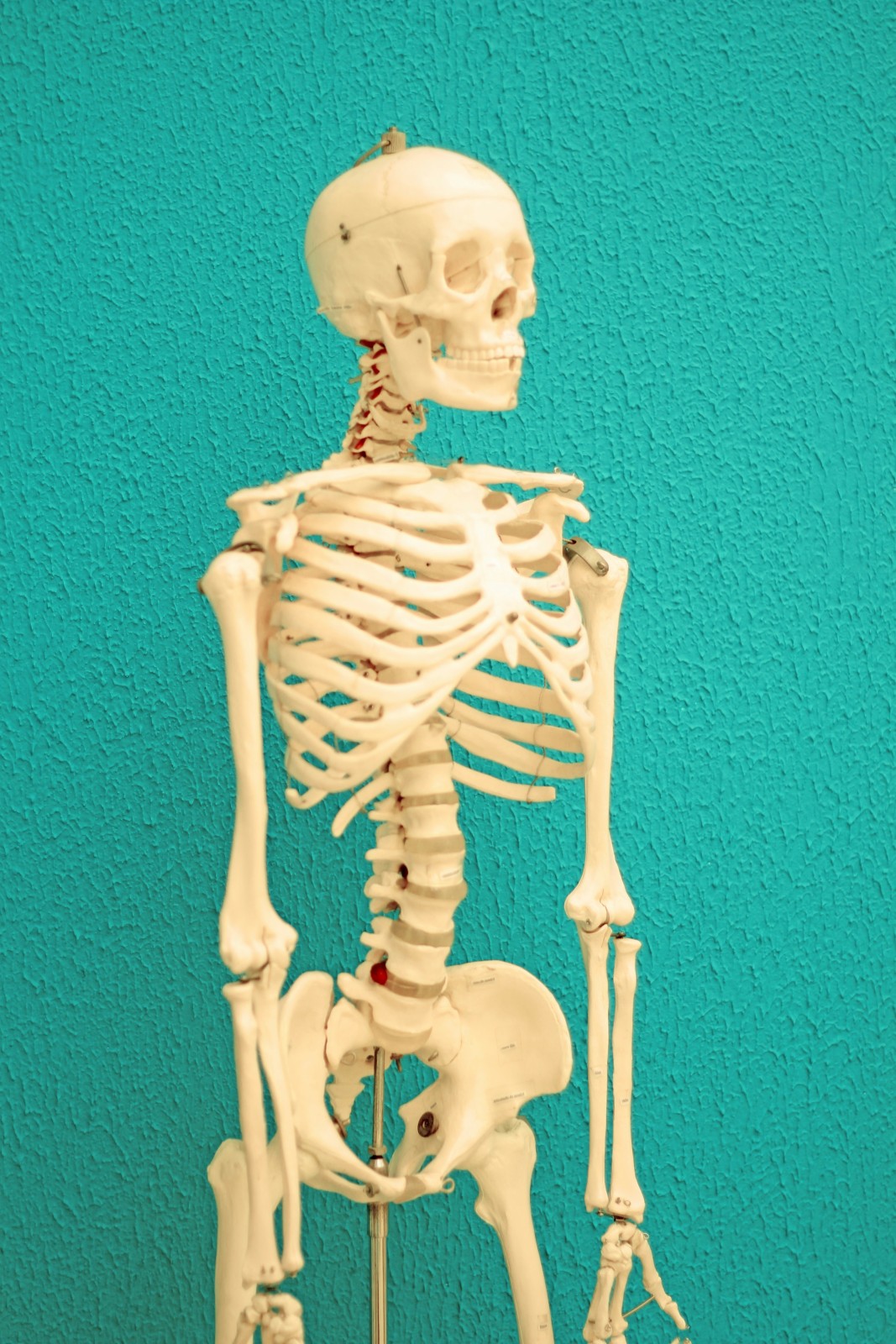
Osteoporosis is one of the most common bone diseases worldwide, often called the “silent thief” because it weakens bones gradually without obvious symptoms. Many people don’t realize that estrogen, a key female hormone, plays a vital role in keeping bones strong. When estrogen levels drop—especially during menopause—the risk of osteoporosis rises sharply.
If you’ve ever wondered how hormones affect bone health, this post will help you understand the connection between estrogen and osteoporosis, who’s most at risk, and what you can do to protect your bones.
What Is Osteoporosis?
Osteoporosis is a condition where bones lose density and become fragile, increasing the likelihood of fractures. It develops slowly over time as the body loses bone faster than it can replace it. The most common fracture sites are the hips, spine, and wrists—areas that are crucial for mobility and independence.
The Link Between Estrogen and Bone Health
Estrogen does much more than regulate the reproductive system—it also plays a major role in maintaining bone strength and density. It helps control bone remodeling, the natural process where old bone is broken down and replaced with new bone.
When estrogen levels drop, as they do during menopause, the balance shifts. The cells that break down bone (osteoclasts) become more active, while the cells that build bone (osteoblasts) can’t keep up. This leads to a rapid loss of bone mass, making bones weaker and more prone to fractures.
Research shows that women can lose up to 20% of their bone density within the first five to seven years after menopause—a startling statistic that highlights how essential estrogen is to bone health.
Who Is Most Affected by Estrogen-Related Bone Loss?
While postmenopausal women are at the highest risk, osteoporosis doesn’t only affect older women. Younger women with low estrogen levels—due to conditions like early menopause, eating disorders, or surgical removal of the ovaries—are also at increased risk.
Men can develop osteoporosis too, especially if they have low testosterone levels, certain medical conditions, or poor lifestyle habits.
Other key risk factors include:
- Family history of osteoporosis
- Low calcium or vitamin D intake
- Lack of weight-bearing exercise
- Smoking or excessive alcohol use
- Long-term use of corticosteroid medications
How to Protect Your Bones
The best defense against osteoporosis is prevention and early action.
Here are a few steps to support bone health:
Here are a few steps to support bone health:
- Eat a bone-friendly diet rich in calcium (dairy, leafy greens) and vitamin D (sunlight, fortified foods).
- Stay active with weight-bearing exercises like walking, dancing, or strength training.
- Avoid smoking and limit alcohol to keep hormones balanced.
- Talk to your Integrative Health Practitioner about supplements that can help protect bone density if you’re at risk. (Schedule a Consult with Heather Martin HERE)
Key Takeaway
Estrogen is essential for maintaining strong, healthy bones—especially for women. Understanding the connection between estrogen and osteoporosis can empower you to take proactive steps to preserve your bone health throughout life.
Keywords: estrogen and osteoporosis, estrogen and bone health, menopause and osteoporosis, postmenopausal bone loss, hormone replacement therapy, women’s bone health, bone density loss, osteoporosis prevention
Disclaimer: This blog post is for educational purposes only and should not be considered medical advice. Always consult a qualified healthcare provider before starting any new treatment or health program.
Withheathermartin is a participant in the Amazon Services LLC Associates Program, an affiliate advertising program designed to provide a means for us to earn fees by linking to Amazon.com and affiliated sites.


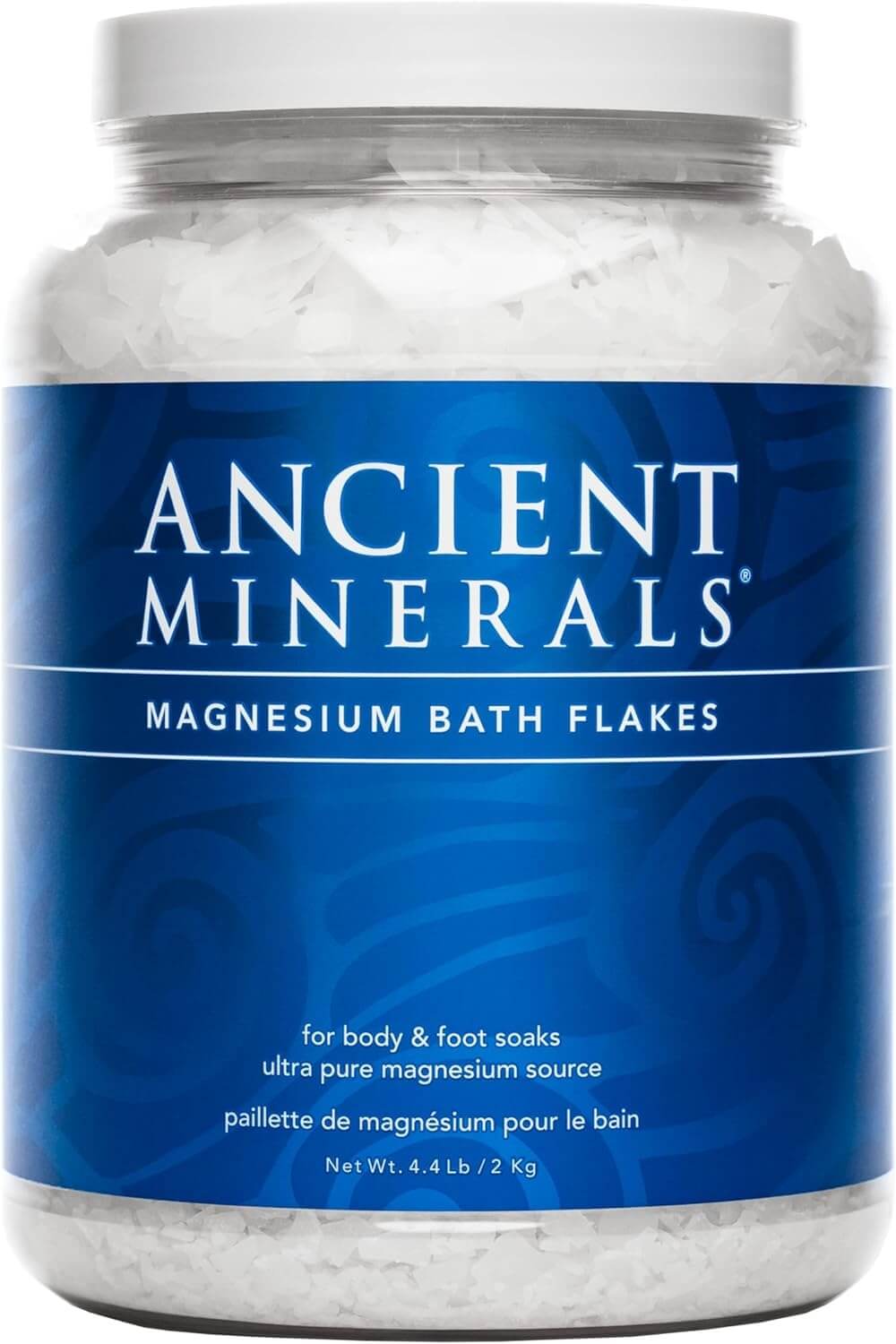
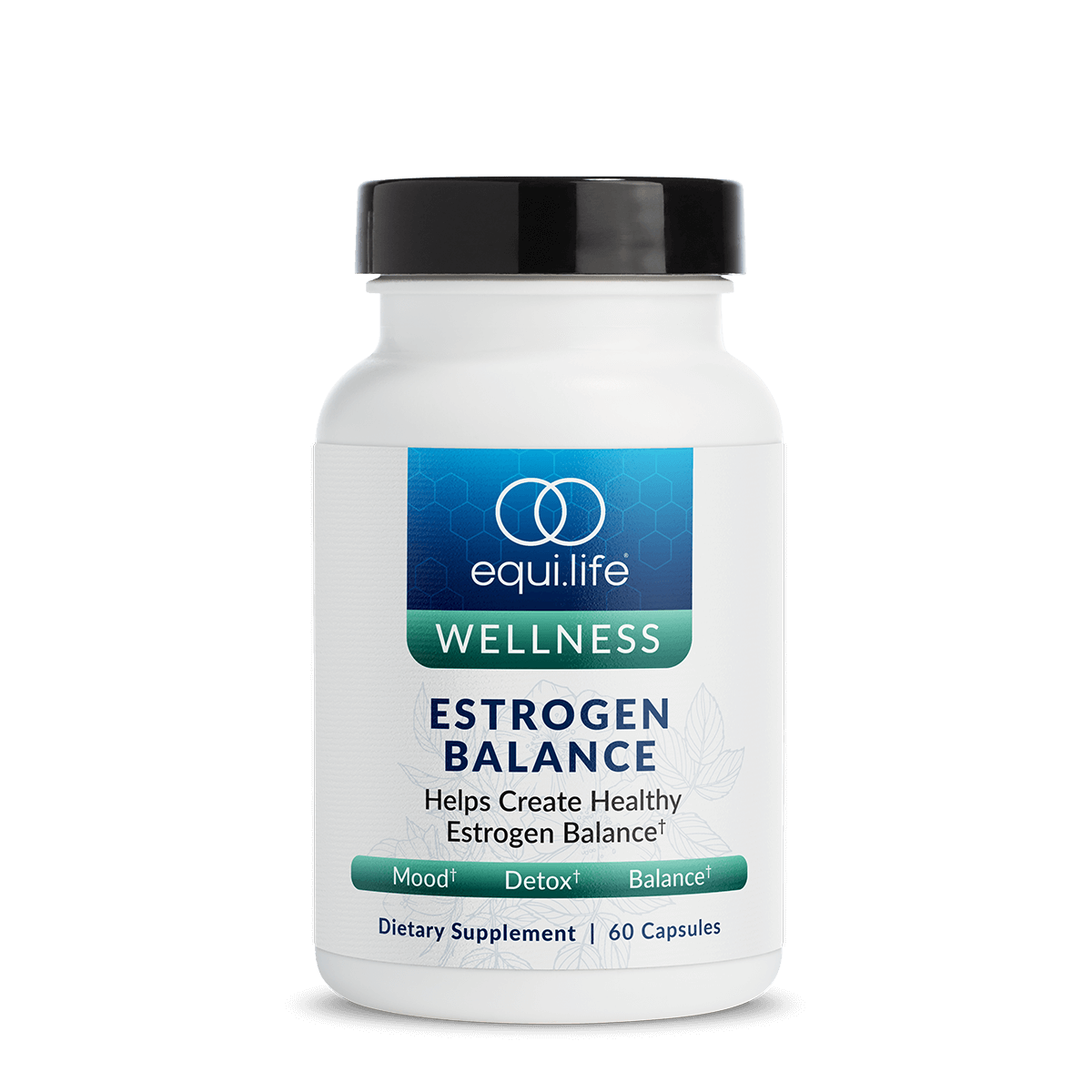

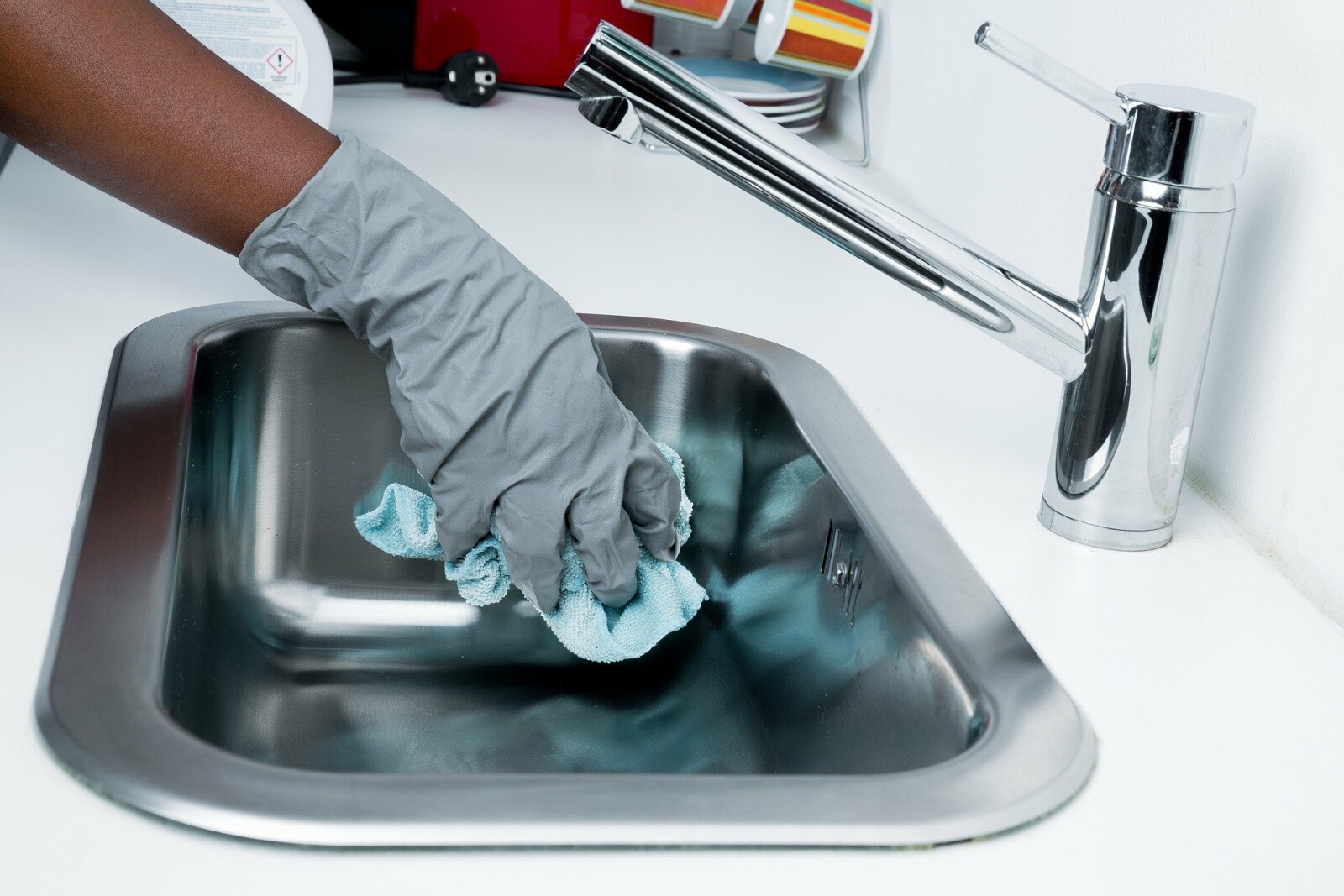
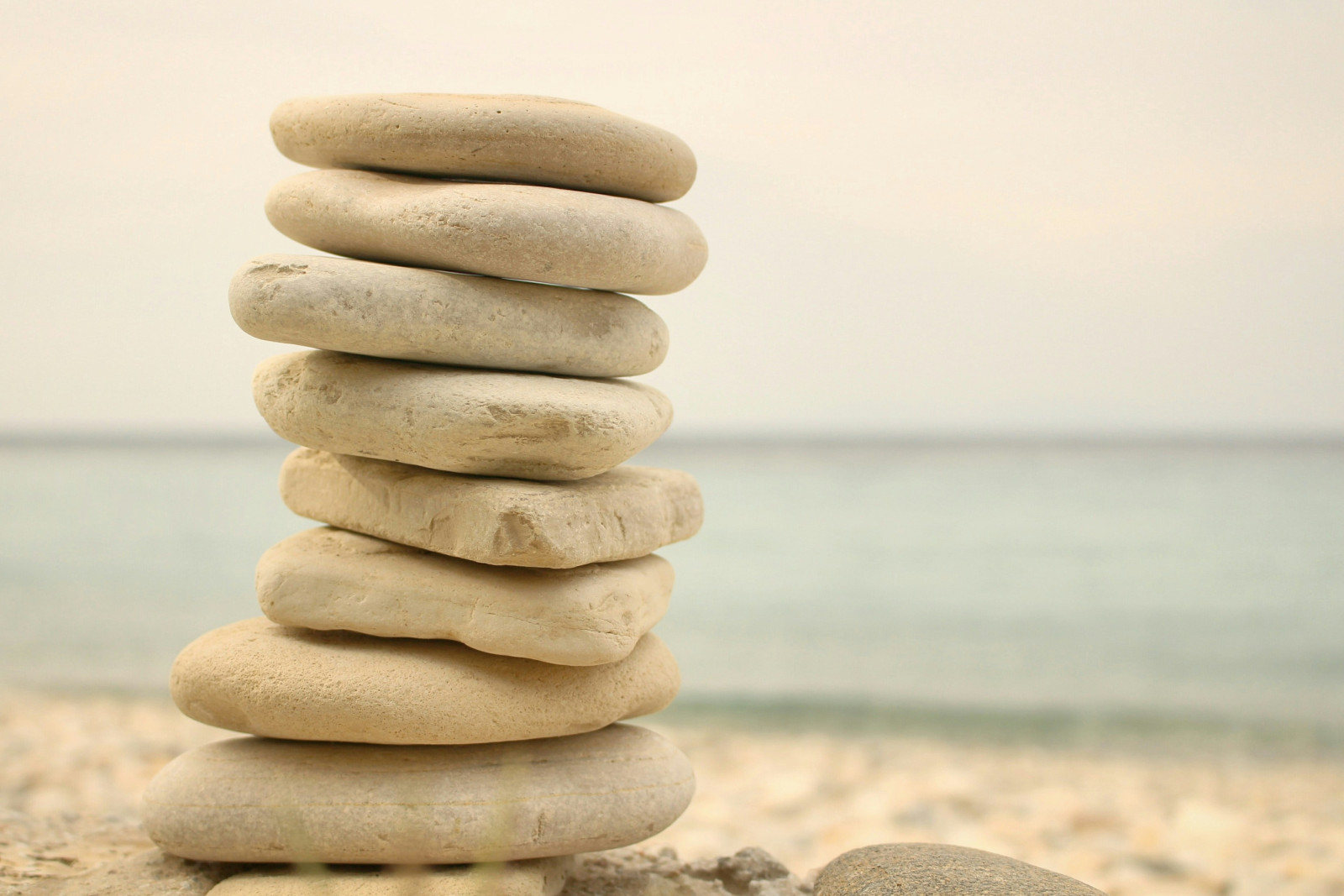



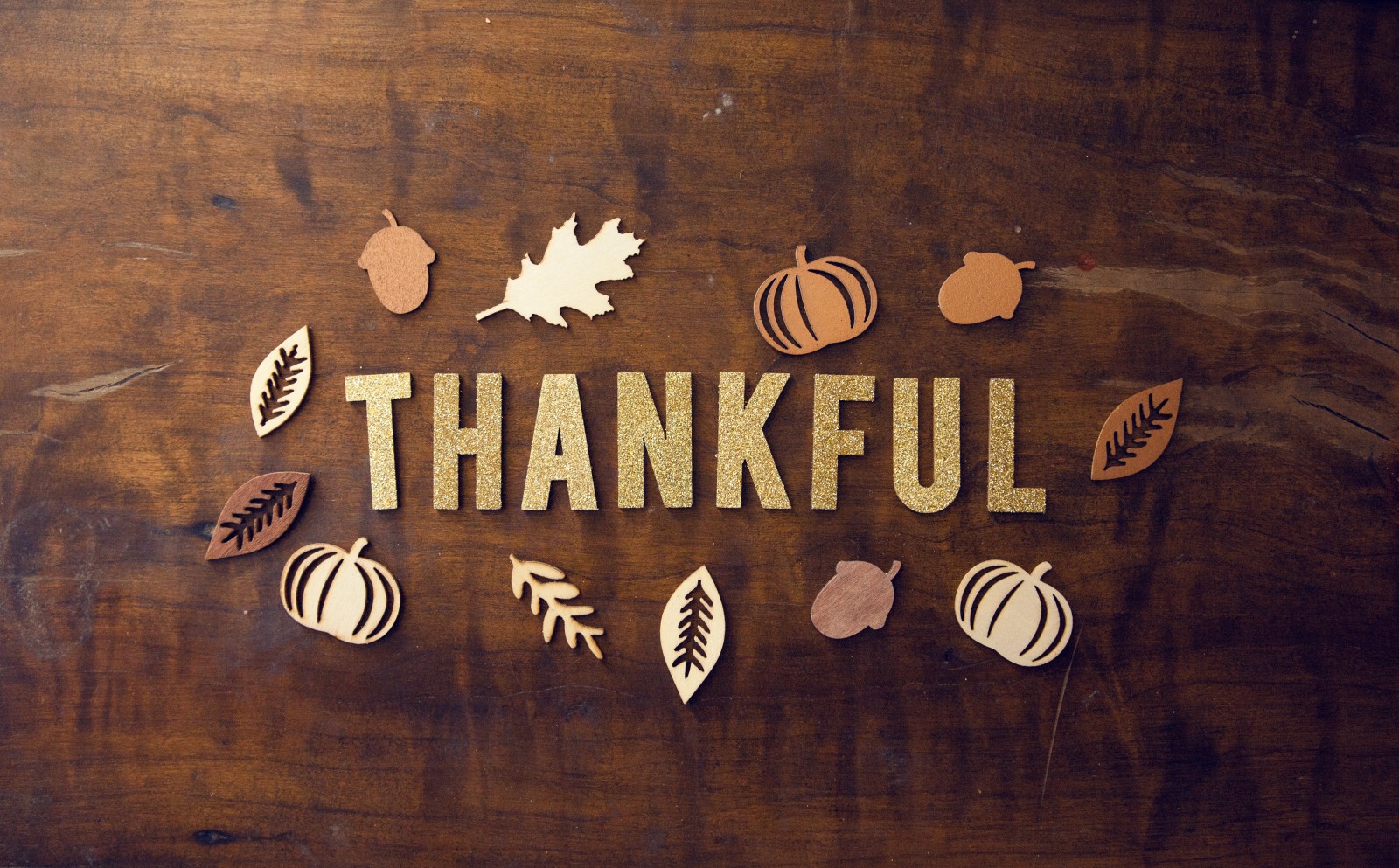







0 Comments